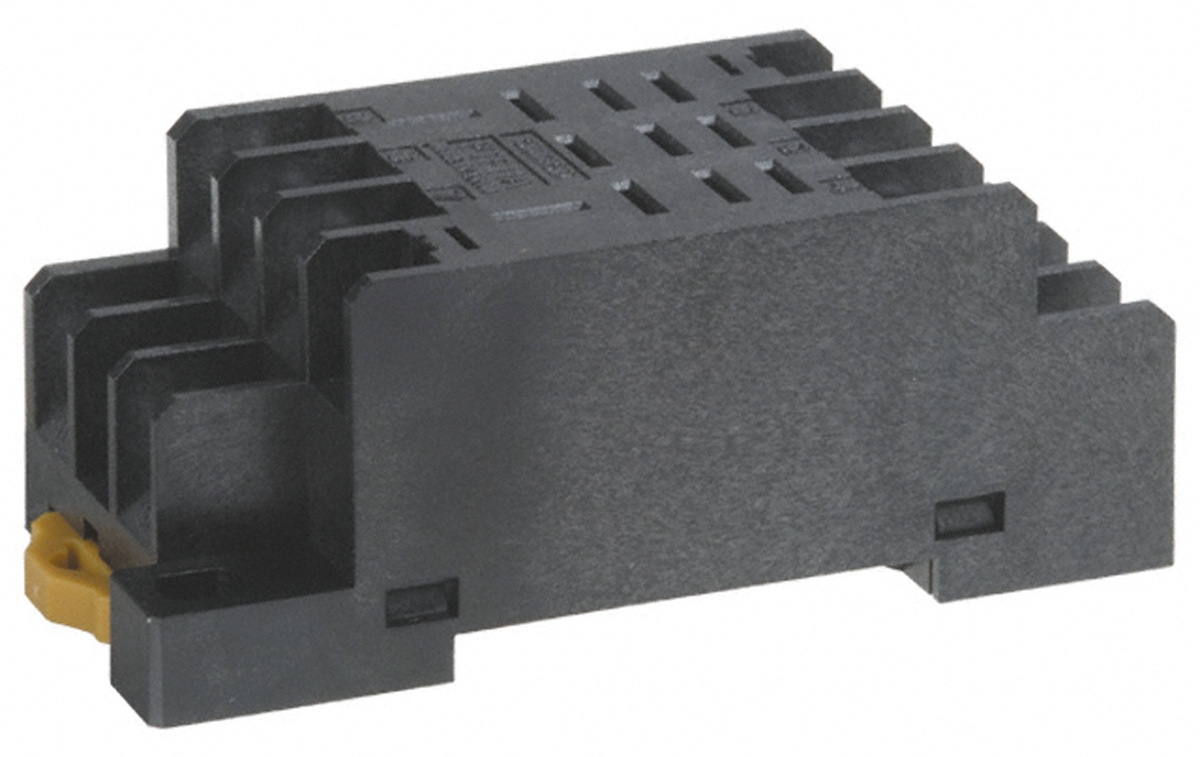Omron Relay Socket, 250V AC Voltage, 10A Current Rating - PTF11A
This relay socket is designed for seamless integration with LY series relays, offering reliable connectivity in industrial applications. The PTF11A model features an efficient 11 contact configuration, making it ideal for tasks requiring multiple connections. With a voltage rating of 250V AC and a current rating of 10A, it is suitable for various automation needs.
Features & Benefits
• 11 contacts provide extensive connection capabilities
• Suitable for DIN rail mounting, optimising installation space
• Designed for use with LY series relays, ensuring compatibility
• High current rating supports robust electrical performance
• Built to withstand 250V AC for reliable operation
• Enhanced dielectric strength for improved safety and efficiency
Applications
• Utilised in industrial systems for relay integration
• Compatible with LY series relays for expanded functionality
• Ideal for control panels requiring reliable relay connections
• Supports efficient connections in electrical and mechanical setups
• Effective in environments where robust electrical standards are essential
What are the wiring specifications for connecting this relay socket?
This relay socket accommodates standard wiring practices, ensuring connections are straightforward. Each of the 11 contacts can handle a maximum current of 10A at 250V AC, allowing for secure and effective connections in various setups.
How does the design of this relay socket enhance its compatibility with different applications?
The robust design and DIN rail mounting capability make it versatile, allowing straightforward integration into diverse automation panels and machinery. This ensures users can easily install and replace sockets as needed without complicated adjustments.
What safety features are intrinsic to this relay socket to prevent electrical hazards?
The relay socket boasts high dielectric strength ratings and is designed to withstand significant voltage levels, ensuring that it can safely operate in high-demand settings, thereby reducing the risk of electrical failures in automation systems.







